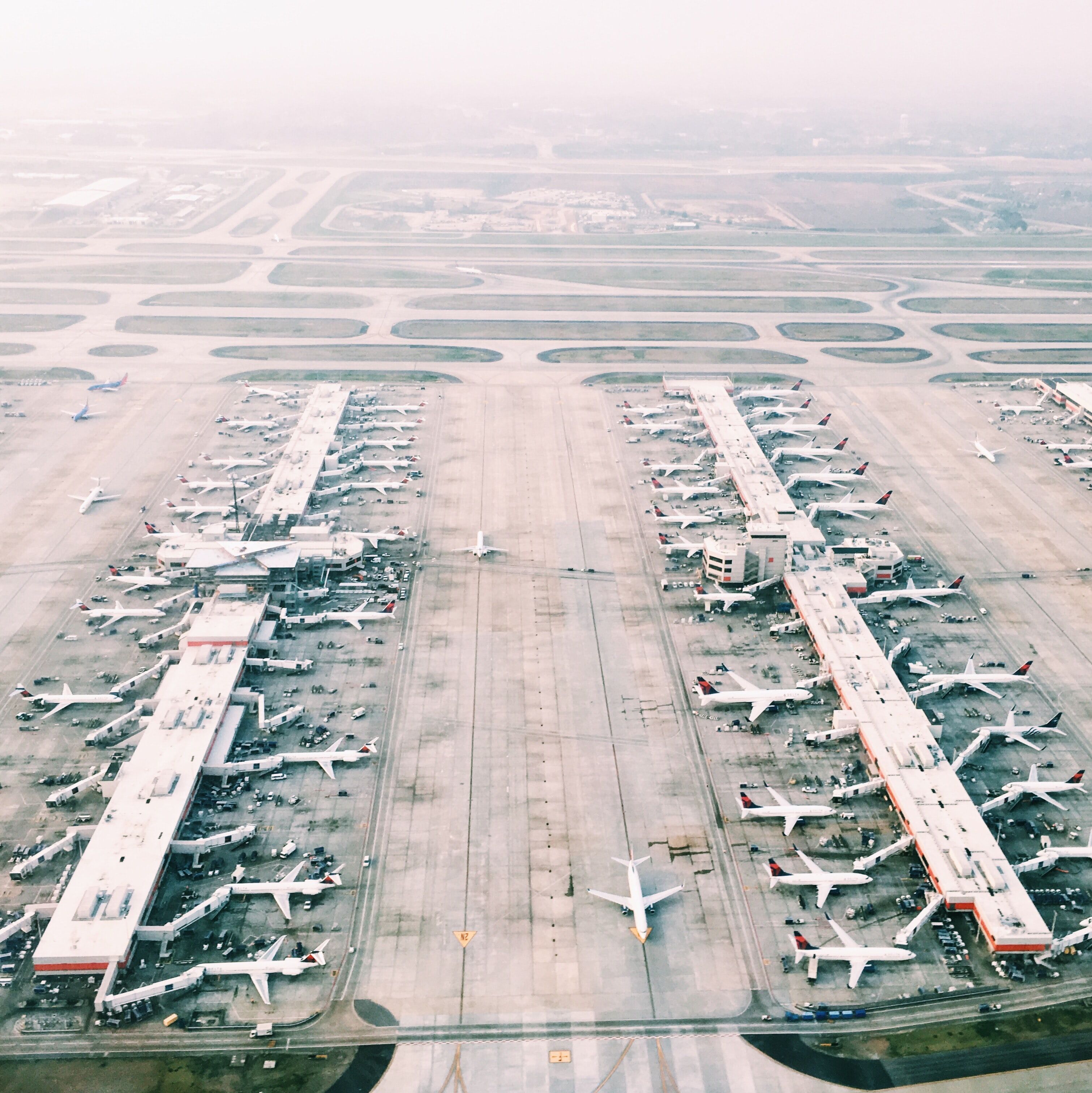Latest News & Trending Topics
Taking off after Covid-19 – Challenges for the Aviation Industry
Welcome news has been received by the aviation industry this week, with Qantas announcing commercial international flights will recommence. [1]
This comes following an unprecedented chapter in Australia’s history, with the country shutting its international borders for 600 days due to the pandemic.[2]
As of 1 November 2021, fully vaccinated Australian citizens and permanent residents aged 12 and over may travel internationally without having to apply for an exemption to leave the country.
Commercial Fleets – Operational Readiness
Qantas CEO Alan Joyce has stated that as the international aviation industry returns, Qantas will begin the process of ‘standing up’ its Australian-based team members, but has noted that ‘international travel may be a little different for a while with some new requirements and guidelines in place’.[3]
The commercial fleet of Qantas A380s and 787s will be recalled from their temporary storage in Australia and California respectively, after spending an extended period of time in locations such as Alice Springs and the Mojave desert. During this hibernation period, several maintenance challenges were involved with keeping them in operational readiness. This included measures to prevent rust, the sealing of ports and openings, and ‘pickling’ the engine after draining the oil. A video demonstrating aircraft storage in Alice Springs can be found here.
As these planes return to the runways, an important consideration for operational readiness will include clearing any interference with the plane’s mechanical or electrical systems from local wildlife. This has also been flagged by the European Union Safety Agency, with some European aircraft showing signs of contaminated air data systems after leaving storage due to foreign objects such as insect nests.[4]
Engineers will be engaged across the industry to undertake the safety protocols contained in each plane’s maintenance manual following a period of hibernation, as well as updating the software on all aircraft systems.

The regulatory challenge for Pilots
Former head of Qantas Airways, and founder of Avlaw, Professor Ron Bartsch AO has joined the national conversation in highlighting the challenges for international aviation industry post-Covid 19. Professor Bartsch has recently stated that ‘the longer you are away, the more training you need to do to get back up to speed from a regulatory point of view’.[5] From a regulatory point of view, this means that updated pilot training following the transition back to commercial operations will factor as a critical safety requirement. As pilots undertake formal recurrency training to enter back into flying operations, Professor Bartsch warned against complacency, and recommended training should be engaged with comprehensively to avoid any risks to pilot and passenger safety.
The size, scale and speed of the transition back into the workforce for pilots will follow two major signals. Firstly, the Australian flight network will open up in accordance with updated travel advice from the Federal Government, as well as state quarantine policy. Secondly, the volume of flights to popular destinations will be dependant on the receiving country’s border restrictions and quarantine requirements.
A gradual increase in flight volume may assist in reducing safety risks resulting from the opening up of the aviation industry. This in line with Professor Bartsch’s comments on the implications of international borders opening too quickly, which would see airlines faced with the problem of how ‘the existing number of simulators will be able to absorb the amount of training that will need to happen, all at the same time’.
Professor Bartsch’s comments have been echoed by the Civil Aviation Safety Authority (CASA), the government body responsible for regulating Australian aviation safety, pilot licencing and aircraft registration.
CASA has published a series of high-level checklists for pilots transitioning back to flying operations after a significant period of being grounded during the pandemic.[6] As well as accounting for any signs of lockdown-related fatigue or skill level requirements, the guidelines also highlight the need to check for overgrown vegetation on runways, or even increased numbers of animals after the long period of inactivity.
In line with the transition back to regular commercial operations, CASA’s most recent newsletter (accessible here), provides an introduction to new regulations for fatigue management in flying operations.

